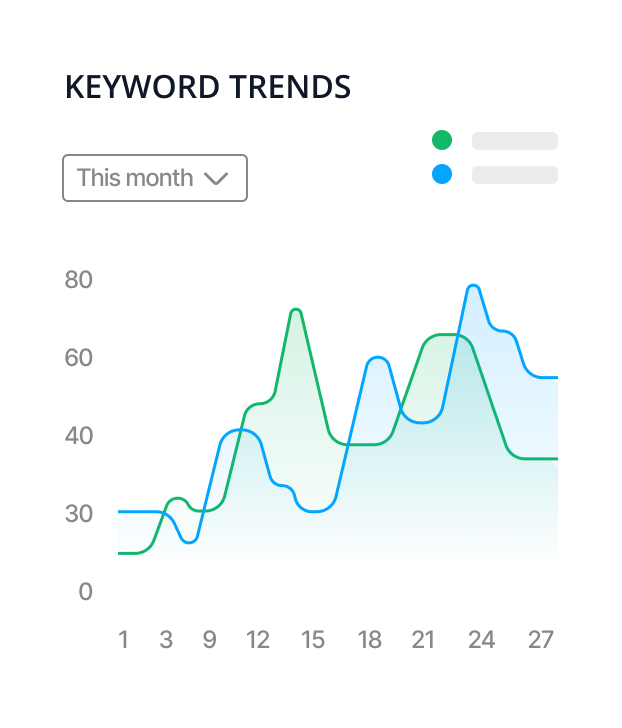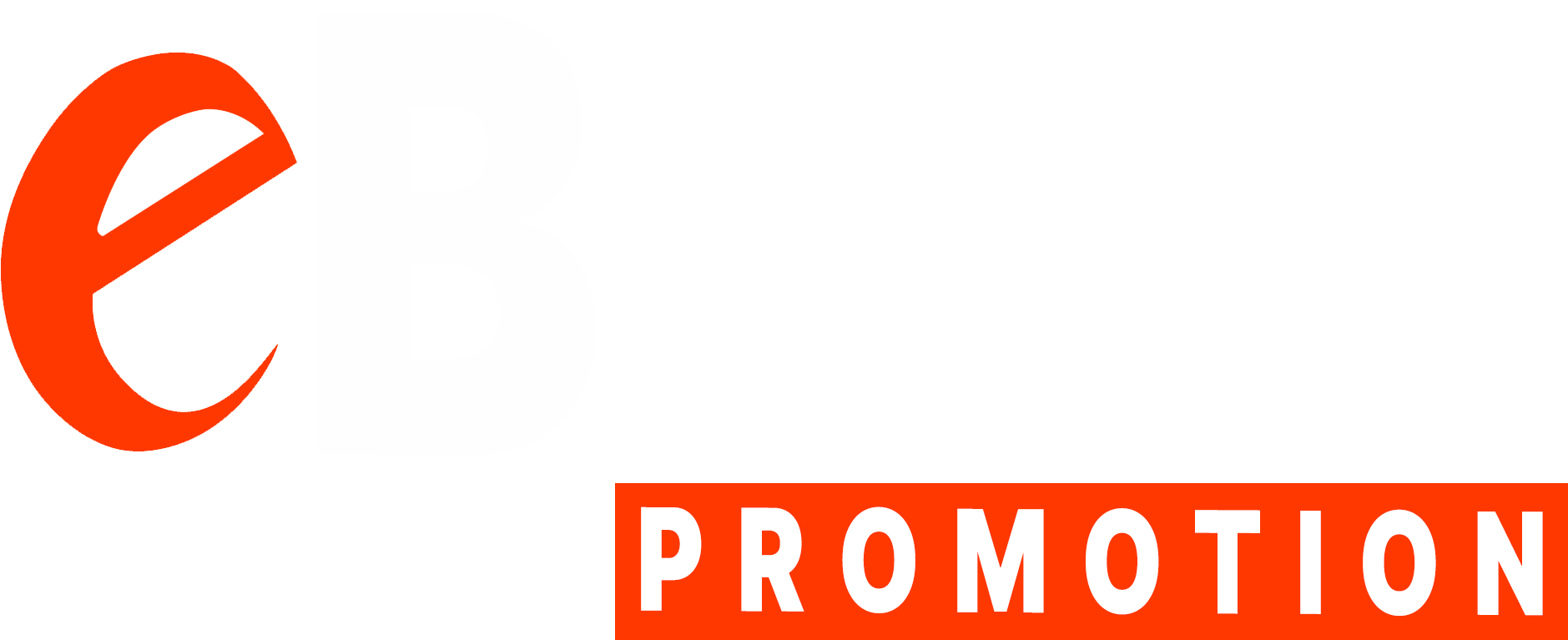Having an attractive, user-friendly website is an essential business or organizational need you can’t afford not to have. But that’s not everything it takes to win on the digital media.
Whether you have a corporate website or e-commerce site, managing the website is a vital aspect of your online success. And as you know, you shouldn’t have to call your developer every time you need minor improvements, changes, or additions. So, the need for website management skills becomes vital.
Enrol now for our website management training to equip yourself or members of your team with adequate skills to manage your website. e-Brand has worked with hundreds of businesses and government agencies to handle their website themselves, and we’d like to give you that freehand as well.
Our training covers the day-to-day tasks that come with having a website, from content publishing, Search Engine Optimization, and other changes.
Read what some of our past clients have to say about our team and our services over the last 12 years.

eBrand has been a contractor for The United Nations Office for Project Services (UNOPS) for two years and has always delivered on digital service projects assigned to them in an organized, responsible, and timely manner. I believe that their skills and experience make them an excellent web development agency. I trust them and believe we will still do a lot more with them in future.
ICT and Logistics Analyst, UNOPS

eBrand redesigned our website and followed up with digital marketing services. We now rank no.1 in google for all relevant keywords related to our business. I’d recommend Smart and his team any time any day.
General Manager, Karmod Nigeria

The online advert promising to improve school websites to enhance chances of enrollment seemed too good to be true but because of my belief in people, I decided to give it a shot. I parted with my money half-heartedly and waited. Within one week as promised a newly rebranded website was delivered to us. Amazing. We have indeed been receiving scheduled tours from the website. Dr Okpi is a professional who responds swiftly.
Director, Pinefield Academy, Lekki
e-Brand Promotion designed our first website in 2013 and over the years they have handled several other web development and web management jobs for our company, our NGO (A and Shine Foundation) and Nigeria Apiculture Platform (NAP). They are very quick to respond to issues and provide excellent IT support after the website is completed.
CEO, Cyberlogik Solutions
E-Brand Promotions is an incredible brand with innovative insights. They created our official website for the 2nd Session of the Covenant International Model United Nations. Within a short notice, they completed their deliverables exceptionally well. We are amazed by the simplicity and optimization of our website. They communicated extensively with us even at odd hours and periods. E-Brand is our recommendation to any company institution or brand that seeks to have an efficient and effective software, application and website. They are tested and trusted. We look forward to working with them continuously.
President, Covenant International Model United Nations (CIMUN)
Who is This For?


This is what you will learn in the web management training
Content Management
Whether you’re using an HTML website, or CMS-based, the content management track is to help you understand how to relate with the content on your website, for efficient performance.
Here’s what this covers:
Our starting point is to see you understand how to develop content for the website, modify it, and publish it. By content, that could be articles, videos, images, or other forms of content that are permissible on the website.
This is a comprehensive guide on how to create forms for your website. Whether that’s for lead generation or just a contact form on the website, there are multiple reasons for creating forms.
We walk you through how to create them, integrate them on the website, and manage the data. If you’re looking to integrate them into CRM tools, we also provide the guidance you need.
Content on the site is not just texts. How do you manage documents like PDFs or videos? We help you get a grasp of how to use them on the website efficiently, without causing friction or jeopardizing the user experience.
Menus are like street signs on a website. Without a thoughtful use of menus, people can easily get lost and frustrated, leaving your website in the process.
So, we instruct you on how to create menus and integrate them in strategic locations on your website. The goal is to make the users’ navigation as easy as possible.
These are the two front wheels that drive your CMS-driven website. It’s only essential that you understand how the two works, how to modify them as required, and how to create new ones when you need to.
The interesting thing about websites is that you don’t have to create a replica or similar items twice. There are ways you can create a standard, say pages, posts, or product description, and have that reused each time to create a similar item.
Ready to start your project? Schedule a meeting with us today and let’s bring your ideas to life!
Projects Completed
Happy Clients
Only when you understand what’s actually happening on your website can you have any idea of what improvement is needed. It’s also a vital way of getting insights about the acceptability of your product, or otherwise.
The topics here include:
Using web analytics tools like Google Analytics, we show you how to track the performance of pages and content on your website. Some of the data you can get include where traffic is coming to your website, what part of the website is getting more attention, and a way to compare data using pre-defined contexts.
Not only do we show you the overview of the analytics tool, but we also let you understand the metrics and data that are vital to business growth, and what they actually mean.
Using some of the robust analytics tools, you can create goals and conversions through some technical conditions.
Our goal with this track is to ensure you can set that up, and have a full view of how your expected results are coming along.
That way, you can check for your KPIs, and measure the performance.
To drive free traffic consistently, your website needs to be well positioned for discovery on search engines like Google. So, to enable you to stay on top of your game with that, we have the following In place.
We’re not just all about the technicalities. We start by helping you understand how SEO works exactly – how your content needs to align with search queries, if you’d like to rank high on search result pages. That’s the foundation we lay.
We show you where these are placed, and how they can be edited to suit your products and services. Both are integral items that search engine bots crawl to get an idea of what your business is all about.
If you’re using a website built on HTML, there’s a way to structure your website for search engine visibility. We show you the exact way that works.
The higher the number of times your keyword appears on your website, the more Google thinks your website is the right response to a search query. But doing that, without going overboard.
We guide you on how to choose the right keywords, where to use them, and how often is ethically acceptable to use them.
SEO is an ongoing process that takes concerted efforts and consistency. So, there are steps to take on your website, and a few more that don’t directly have to do with your website. Our website management training covers all that in-depth
Are you ready to take advantage of the internet to skyrocket your business or organization? Talk to our team today concerning your project. We are excited and looking forward to meeting with you.

Founded in 2012, eBrand Promotion is an award-winning web design and digital marketing agency in Nigeria with 600+ clients across 24 countries in Africa, Europe, North America and Asia
Copyright © 2024 eBrand. All rights reserved.